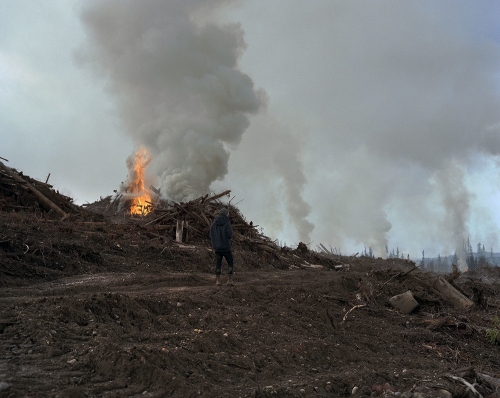Save The Arctic — a Greenpeace project — states, “If you want to change the world, start at the top” — so let’s look North:
“The Arctic Ocean is home to incredible wildlife, from majestic polar bears to blubbery walruses, mysterious narwhals and graceful seabirds. But the sea ice they depend on is vanishing at a terrifying speed.
Without ice to hunt, rest, and breed, the very survival of polar bears and other wildlife is under threat. Mother polar bears, weak and starving, have trouble reproducing. Their cubs must fight the odds to survive into adulthood.
Unless we make a global concentrated effort to prevent this, experts warn that polar bears could disappear completely from the Arctic in the next 100 years. Act now to protect their home,” the mission declares.
Join the movement here and show the world you will do what it takes to save OUR arctic (https://www.savethearctic.org)!
Donate here to help save our earth and its inhabitants—every dollar counts (wwf.worldwildlife.org/goto/savethenarwhal)!




